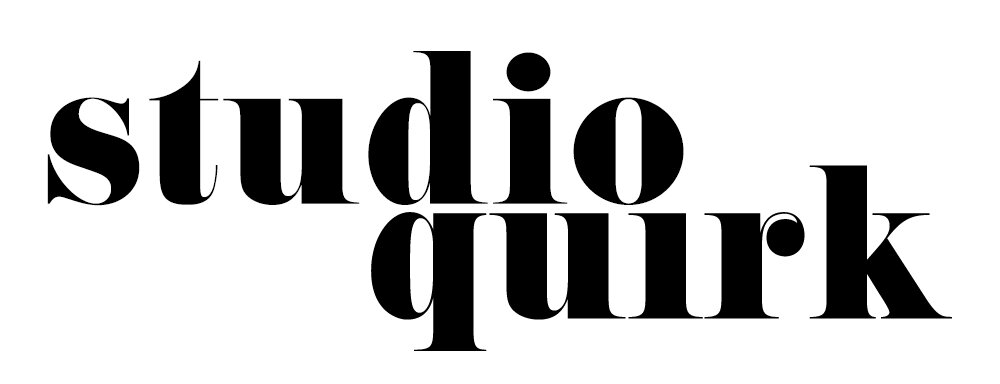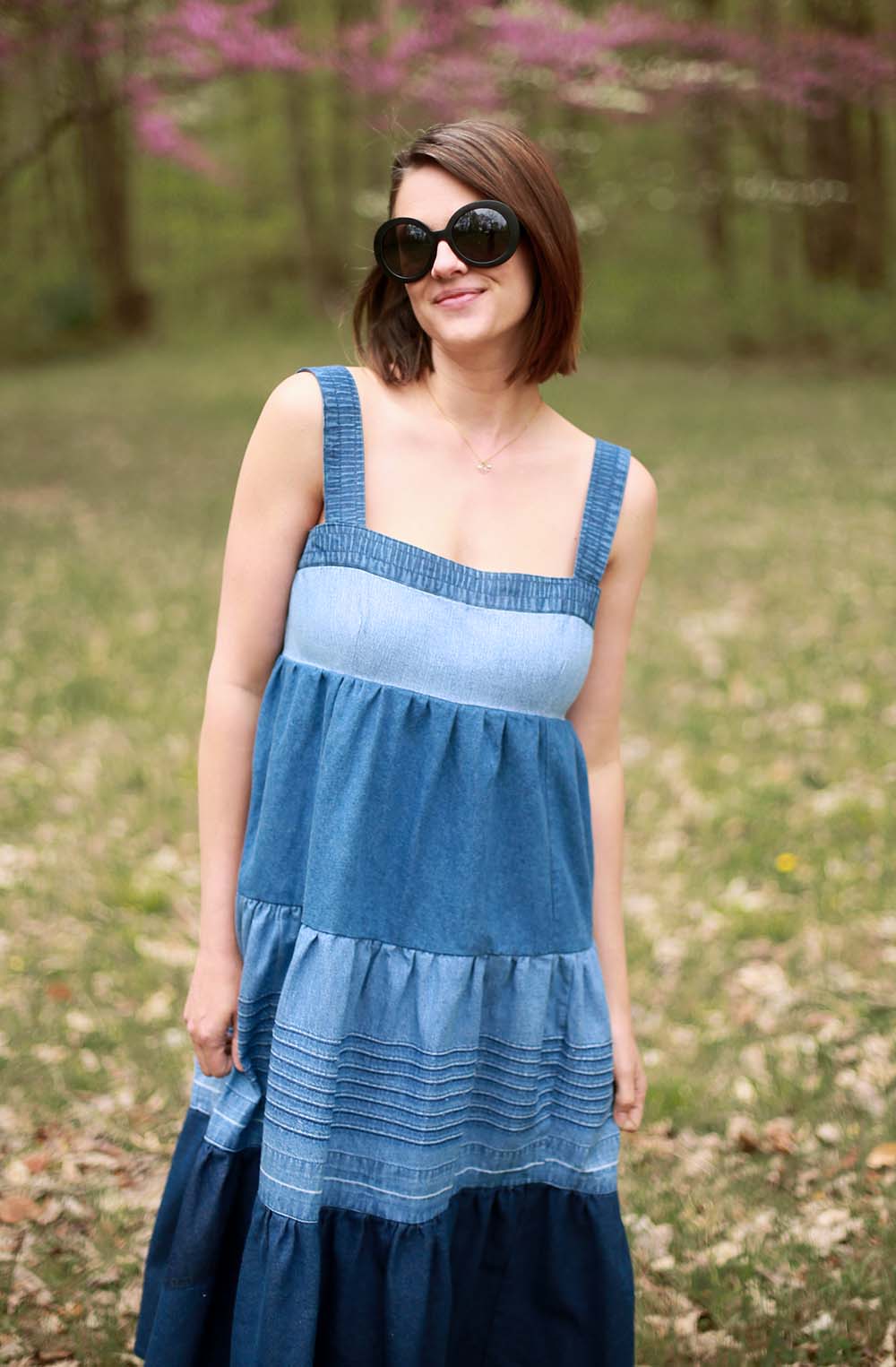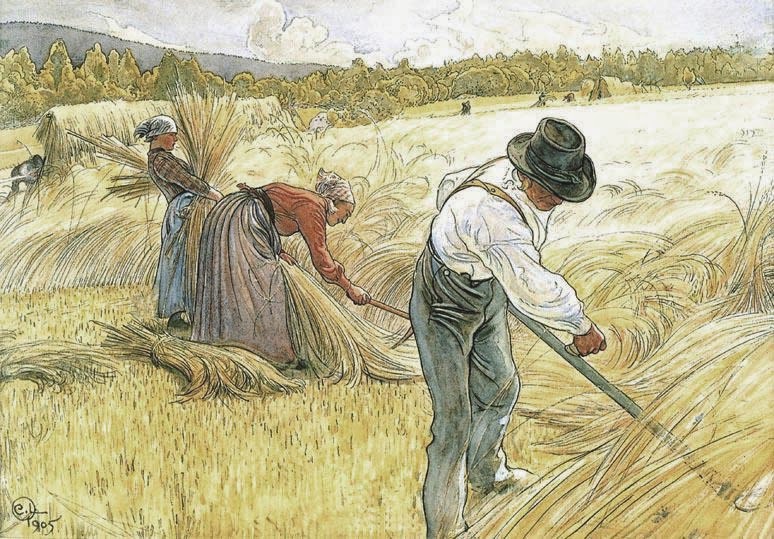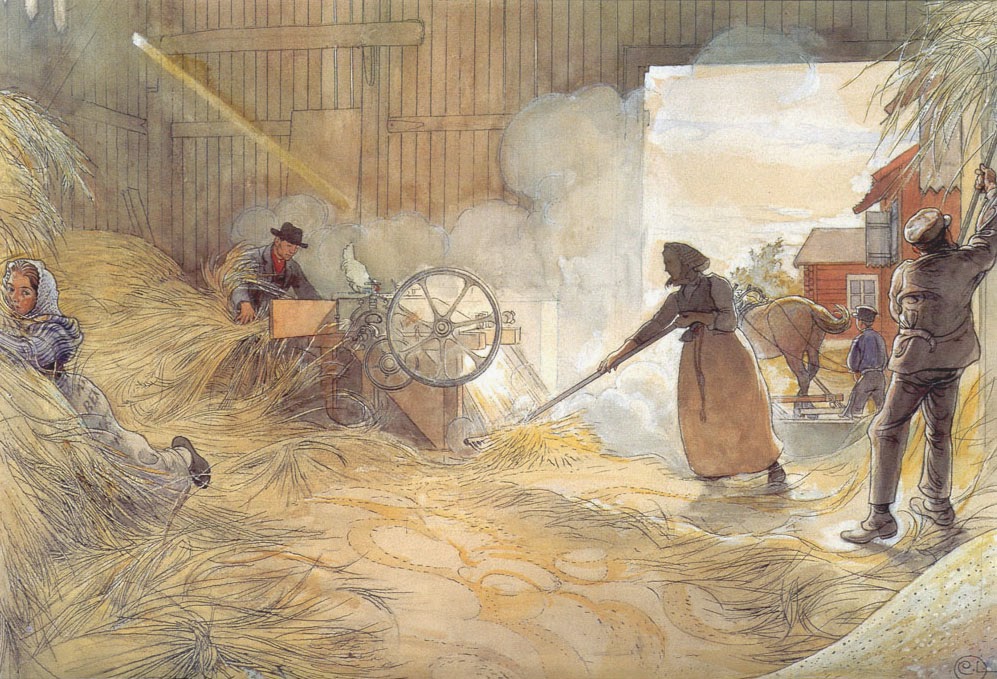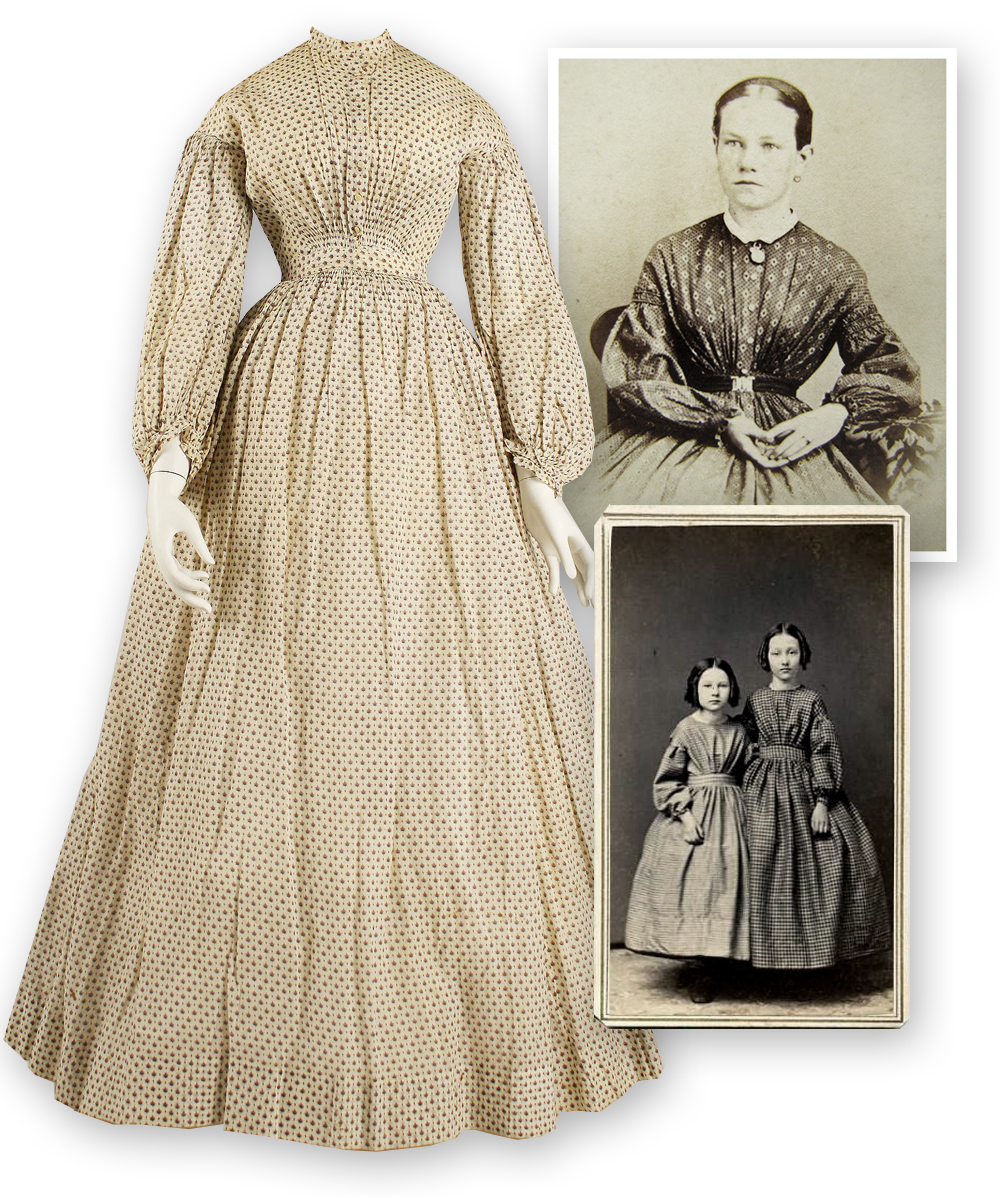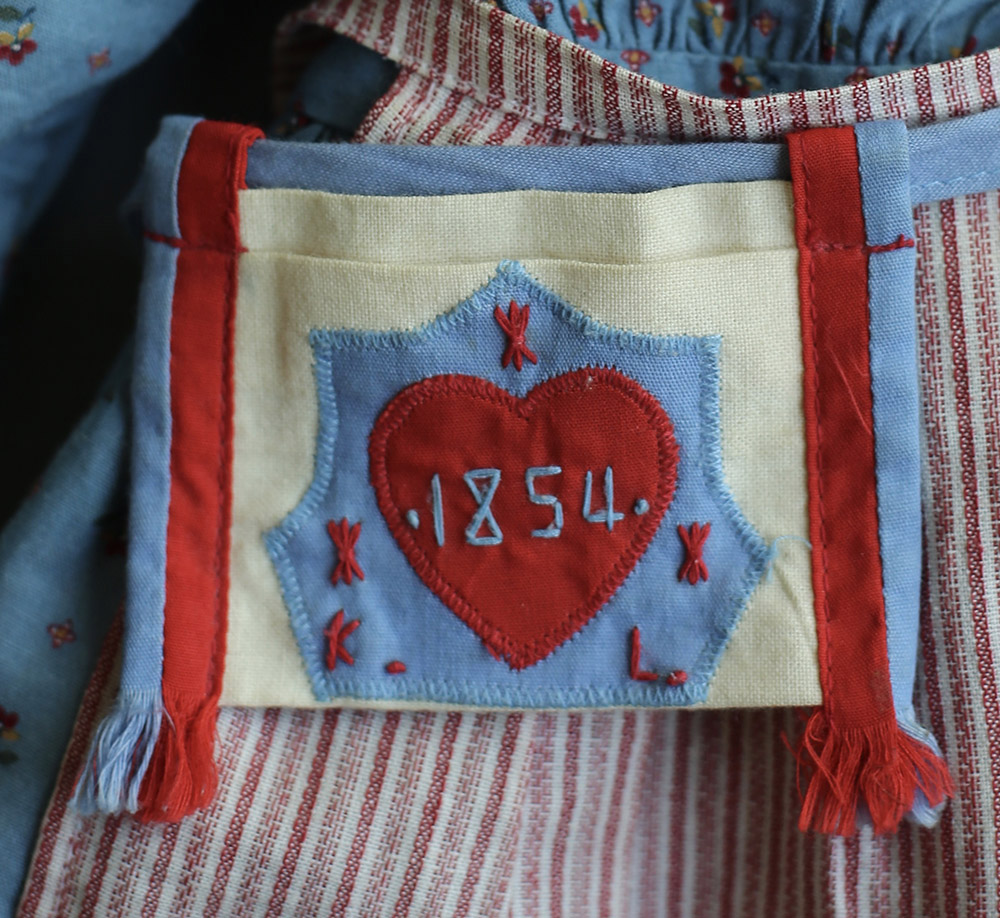The Kirsten Project | Kjolsäck (Loose Pocket)
/Like Kirsten’s apron, her spoon bag or loose pocket, called a kjolsäck, is a link to her Swedish origins. These are only a very small sampling of pockets from the Digitalt Museum, so if you’re interested, I really encourage you to see the amazing array of kjolsäck. Another source of the history of the kjolsäck can be found here (and in Swedish!)
Although I can’t locate any original pocket that is clearly used as the inspiration for Kirsten’s pocket, I do see many elements that are used from existing kjolsäck such as symmetrical designs, embroidered dates and initials, hearts, and red binding. Most examples are black and red, but there are some extant pockets in a red, white and blue color scheme. We can only imagine this piece was designed to pull together the doll’s costume in her colors and simplified to meet the demands of mass production.
For my pocket I used the same design as the doll’s, but added a little more detailed embellishment. I wanted my version to look like what may have inspired the miniature kjolsäck worn by Kirsten. I had a lot of fun making it and can’t wait to reveal the final piece with my complete costume!
